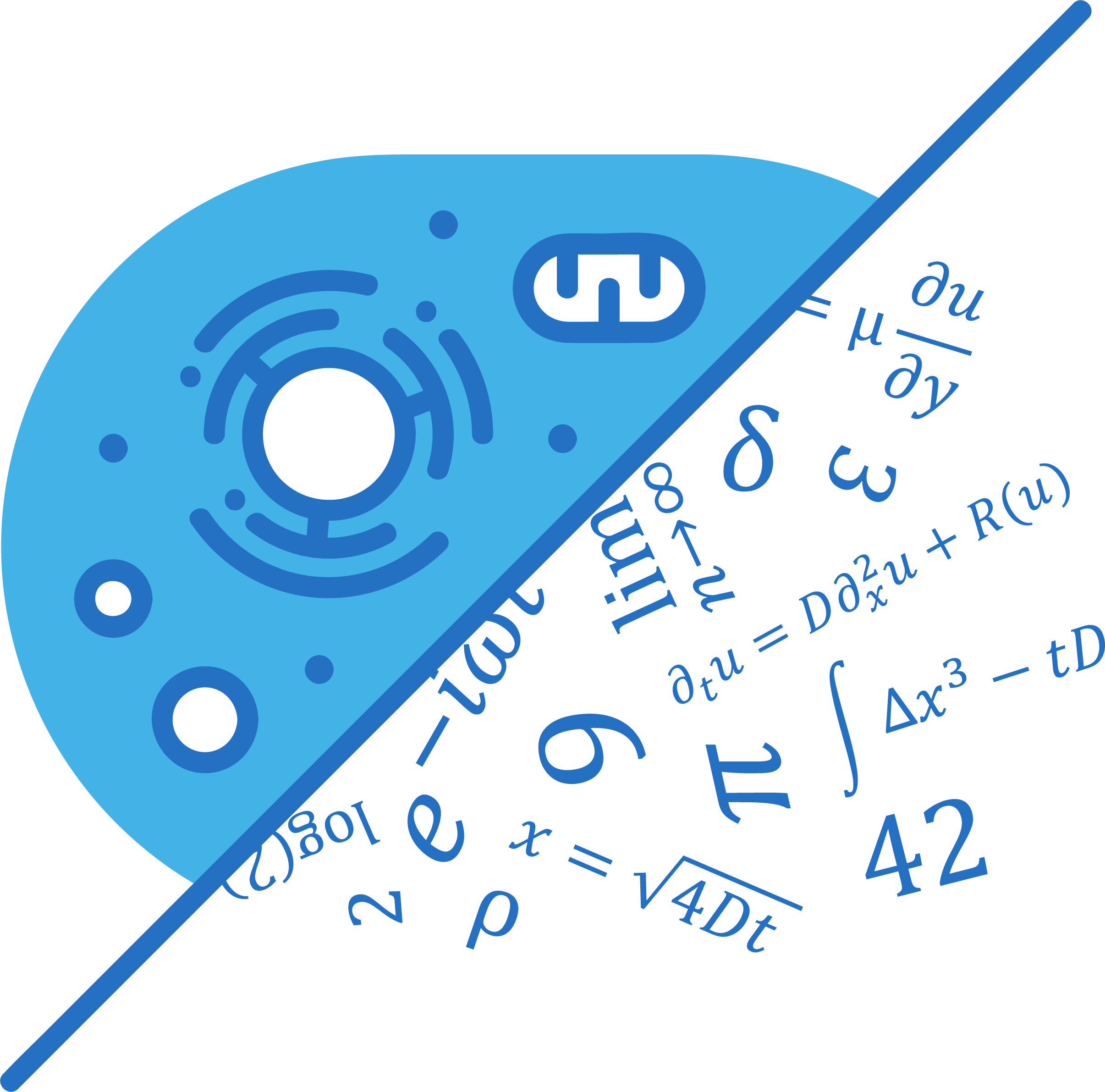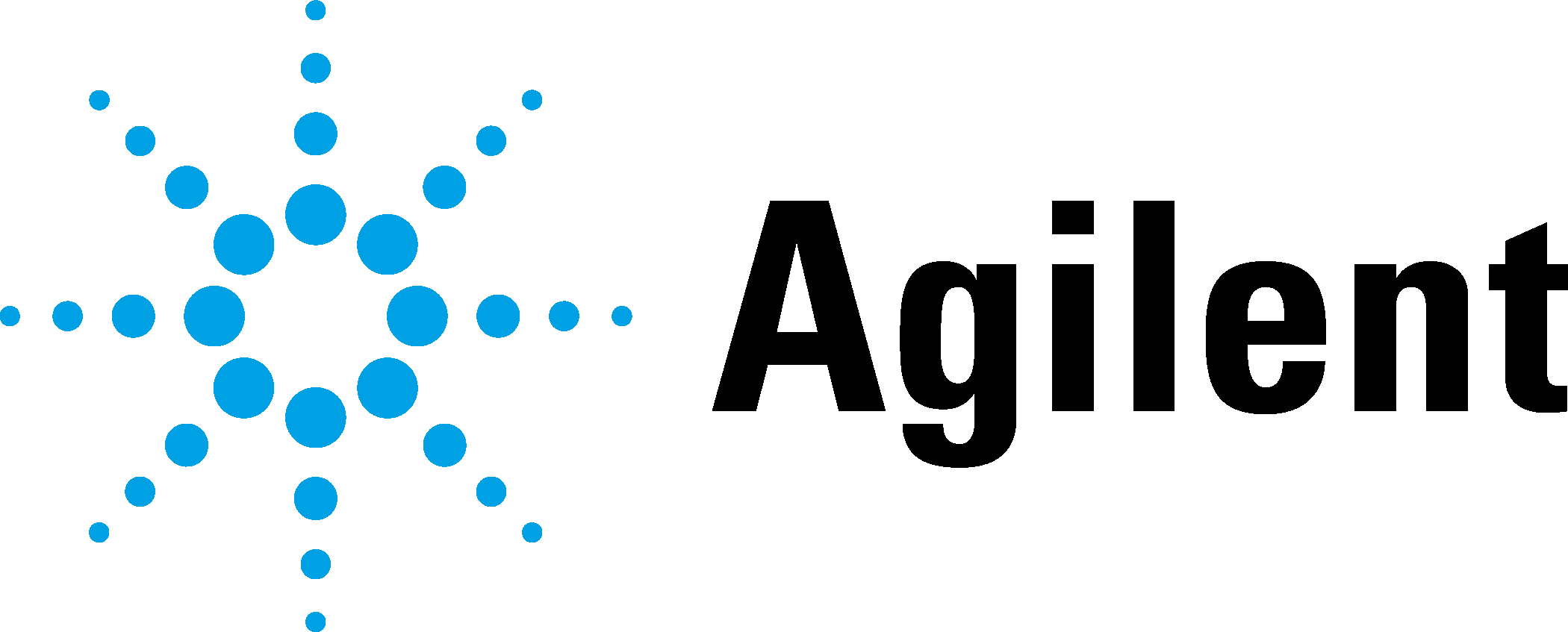|
15th Annual Symposium Physics of Cancer Leipzig, Germany Sept. 30 - Oct. 2, 2024 |
PoC - Physics of Cancer - Annual Symposium |
|
|
Invited Talk
The intermediate filament code: determinant of emergent collective cell behavior
MOCA, Institute of Molecular and Cellular Anatomy, RWTH Aachen University, Wendlingweg 2, 52074 Aachen, Germany
Contact: | Website
Cytoplasmic intermediate filaments are encoded by large multigene families that are expressed in a cell type- and functional context-dependent manner. The genetic diversity is enhanced by alternative splicing and abundant posttranslational modifications. The different filament systems are integrated with the nuclear lamin-based intermediate filaments through the LINC complex and across cell borders by distinct cell-cell adhesions. They are further connected to the extracellular fiber network. The resulting interconnected complex network assemblies support specific cellular functions in normal and transformed tissues which can be precisely tuned by microenvironment-dependent modifications at multiple scales of time and space. It is this heterogeneity, which is crucial for dynamic tissue function and responses.
Using the genetic model organism Caenorhabditis elegans, we and others study the properties and functions of the cytoplasmic intermediate filament cytoskeleton. We examine the intestinal intermediate filament cytoskeleton, which is composed of 6 intermediate filament polypeptides. They are enriched in the subapical domain and attached to the C. elegans apical junction. The intermediate filament system provides protection against mechanical and microbial stress. Intermediate filament isotype-specific functions could be detected after targeted gene inactivation. Genome-wide genetic screens further allowed identification of upstream regulators and assessment of emergent consequences for intestinal morphogenesis and resilience as well as overall organismal function. Rescue experiments link these dysfunctions to the intermediate filament cytoskeleton. |









